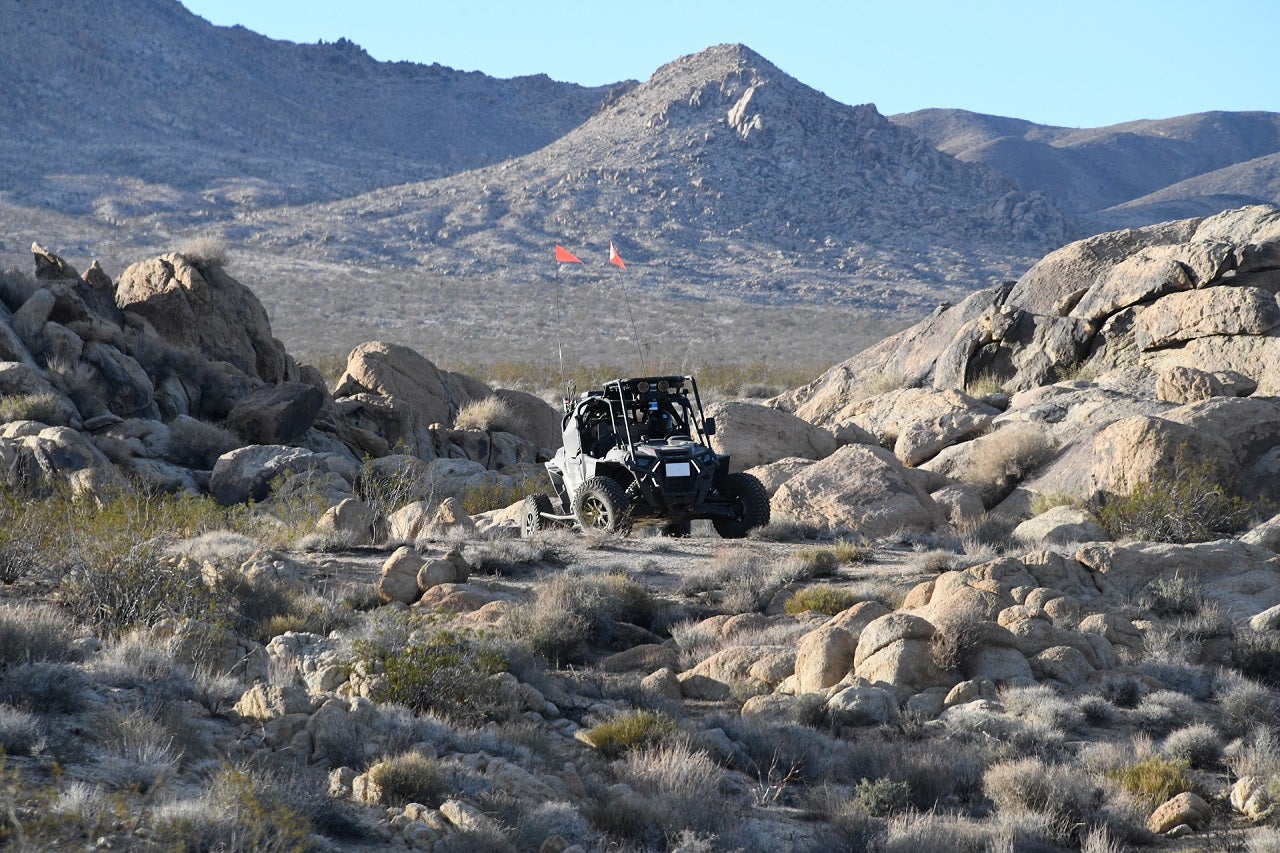
The US Defense Advanced Research Projects Agency (DARPA) has commenced a second field experiment under its Robotic Autonomy in Complex Environments with Resiliency (RACER) programme.
The programme is intended to enable uncrewed combat vehicles, equipped with off-road autonomy technologies, to match human-driven speeds in realistic situations.
While the DARPA-provided robot systems were first tested at Fort Irwin in California, the second experiment is being held in off-road landscapes at Camp Roberts.
Carnegie Mellon University, Nasa Jet Propulsion Laboratory and the University of Washington, which built autonomous software stacks for the first experiment, are being roped in for the ongoing trials.
Under the first phase, the vehicles underwent over 40 autonomous runs of two miles each on six courses of a desert environment.
With speeds of up to 20 miles per hour, the uncrewed vehicles demonstrated their ability to track, classify and avoid obstacles in rocky and bushy environments at high speeds.
How well do you really know your competitors?
Access the most comprehensive Company Profiles on the market, powered by GlobalData. Save hours of research. Gain competitive edge.

Thank you!
Your download email will arrive shortly
Not ready to buy yet? Download a free sample
We are confident about the unique quality of our Company Profiles. However, we want you to make the most beneficial decision for your business, so we offer a free sample that you can download by submitting the below form
By GlobalDataTeams involved in the second field experiment will introduce more challenges including steeper hills and slippery surfaces.
They will test the robot systems’ ability to maintain control while navigating the long-range courses.
DARPA Tactical Technology Office RACER programme manager Stuart Young said: “Since the first experiment, teams have been working to improve perception of the environment and planning navigable routes through development of new autonomy algorithm technologies.
“The DARPA-provided RACER fleet vehicles being used in the programme are high performance all-terrain vehicles outfitted with world-class sensing and computational abilities, but the teams’ focus is on computational solutions as that platform encounters increasingly complex off-road terrain.
“We are after driverless ground vehicles that can manoeuvre on unstructured off-road terrain at speeds that are only limited by considerations of sensor performance, mechanical constraints, and safety.”







